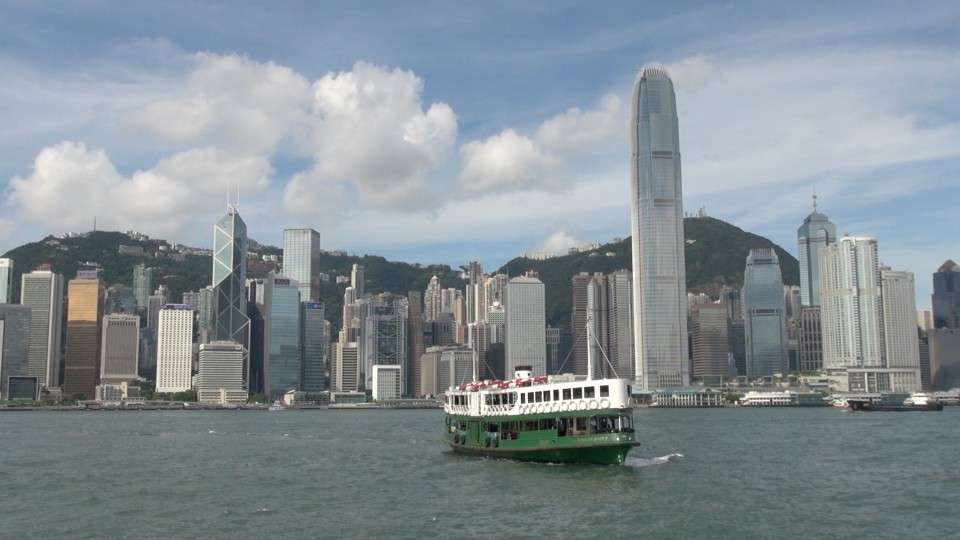Ubud – cultural centre of Bali
Ubud, a town regarded as the cultural centre of Bali famous as an arts and crafts hub, and a feeling of well being to be enjoyed, all thanks to the spirit, surroundings, and climate of the place.
While Ubud seems to outsiders like one small town, it is, in fact, fourteen villages, each run by its own banjar (village committee). There are terraced rice fields along the rivers, and away from the town centre, regular, quiet village life carries on relatively undisturbed. Central Ubud is heavily commercialized and teems with tourists.
Ubud has a known history back to the eighth century. At this time the area was a centre of natural medicine and healing, and that is how the name Ubud originated: Ubad is ancient Balinese for medicine.
The temple complex at Gunung Kawi, and the cave temples at Goa Gajah, are architectural remains from this period. Many of the dances, drama and rituals still practised in Ubud today, originated at this time.
In 1900, Ubud became a Dutch protectorate at its own request, and the colonialists interfered little, allowing the traditional arts and culture of the area to remain relatively unchanged.
The modern era of Ubud began in the 1930s when foreign artists were encouraged by the royal family to take up presence in the town. From the 1960s onwards, travellers started to arrive, mostly intrepid types as the infrastructure was still very limited.
The town sprawls for several kilometres in all directions, with all of the small villages within a five km radius of the central market being loosely referred to as “Ubud“. If you choose a reasonably central place to stay, it is easy enough to get around on foot.
The key historical sites are located out of town, some as far as 20km away.
Pura Puseh Batuan Temple, an ancient structure dated to the 11th century, embellished with intricate stone carvings in the northern part of the village. It’s a five-tiered gateway tower, clearly influenced by Indian religious architecture. Its icons and decorations, however, are typically Balinese in style. Notable depictions include a Bhoma head overlooking the main gateway.
Goa Gajah (Elephant Cave), a cave dating back to the ninth century, the entrance to which is an ornately carved demon’s mouth. Inside are some fragmentary lingam and yoni statues, as well as a statue of Ganesha. Large, carved guards stand around pools near the entrance, and a little path leads to a waterfall, rice fields, and some Buddhist stupa fragments. Some parts of the Goa Gajah complex were not excavated until the 1950s. This site is quite disappointing compared to other sights around Ubud.
Pura Gunung Kawi (Poet Mountain Temple), dating from the eleventh century, reached by climbing down 371 steps, the location at the bottom of a steep valley lined with paddy fields, is quite stunning. It’s not easy to climb all those steps but to see one of Bali’s oldest and largest ancient monuments in this lush green river valley is worth it. The structures are carved into the sides of a steep river valley, and the river crossed by twisting trees and vines. You must take off your shoes before entering into the central pura complex. About 1km downstream there are further tomb cloisters.
Pura Kehen (Kehen Temple), the temple was founded in 1206, and has an especially impressive 11-tiered meru in the inner courtyard.
Puri Saren Agung (Royal Palace, Water Palace), this was the palace of the kings of Ubud until the 1940s, and some royal descendants live there to this day.
Tirta Empul, Tampaksiring. One of the holiest temples in Bali built around hot springs that still bubble in the central courtyard. The Balinese come here to bathe and purify themselves physically and spiritually, and during Galungan, the sacred barong masks are bathed here. Water from the spring is clean and believed to have magical powers.
Of course one must also visit the Monkey Forest in Ubud, the monkeys are gentle and won’t hassle you like elsewhere, plus the walk and setting really is something to enjoy.







